Roof waterproofing is a mandatory measure in the construction process of residential building, providing housing protection against moisture penetration carrying devastating effects. Also, if there is a layer of insulation, the life of the structure will significantly last, which will profitably affect the owner's budget. For these reasons, a moisture-proof protection of the roof should be paid to special attention.
Types of waterproofing
It is advisable to perform work on the roof isolation even at the construction stage of the building. This will contribute to the protection of the structure and will save in the future. More recently, for this purpose, materials that could not fully provide long-term roof protection. However, with the development of technologies in the construction sector today, it is possible to find materials that will help protect the roof from moisture for up to 50 years.
Despite the fact that such waterproofing the roof at the price will be out of schedule, excellent performance will be able to cover future costs. Remember that the presence of an insulating layer on the roof of an attic type is of particular importance. In general, waterproofing is several species. Consider more detailed each of them.
Inlet isolation
This type of roof protection implies the use of reliable and wear-resistant materials, such as:
- ruberoid;
- pergamine;
- hydrosteclozol.
But today they are becoming less or less demanded. The replacement comes bitumen and rolled products on a polymer basis, which are able to protect the coating of any type of roof. Using these materials, special glue, as well as mastic surfaces, the surface is covered in 3-4 layers. Through this method of waterproofing, you can get reliable and solid protection. However, note that the process of this technology is time consuming.
Painting isolation
The next type of roof isolation from moisture is a painting impregnation. Its essence consists in applying liquid viscous substances on the concrete basis of the roof. As a result, a solid layer is formed, which is quite durable and does not have any seams or joints. It will create a good obstacle to penetration inside moisture and dirt.
When performing waterproofing of the paint type, polyurethane compositions are often used, polymer mastic, which has good adhesion relative to concrete, a bitumen and metal materials. After hardening, polyurethane compositions form a web, which can withstand the strong temperature differences and the effects of ultraviolet.
Sheet type isolation
The protection of the roof of the sheet species is to lay the roof of steel sheets. Sheets are tightly welded on the joints and, thus, form a solid coating. This species of the protective layer is advisable to apply if possible mechanically damage to the roof surface. With this technique, polymeric materials are also used, which weld each other using hot air. This option is cheaper.
Penetrating waterproofing
Another type of insulation of the roof from moisture is penetrating waterproofing. This type of protection is used for surfaces with a porous structure. For this use:
- liquid glass;
- synthetic resins;
- liquid polymers;
- melted bitumen.
By applying such insulation, the material of the material are reliably filled, and an obstacle is created for the receipt of moisture. In addition, this measure allows strengthening the base of the structure. Makeups are applied using pulverizers.
Injection impregnation of roofing
With non-standard roof forms and difficult access to sheets, it is advisable to apply an injection impregnation. This is a pretty expensive type of isolation that will require knowledge of the application technique. Therefore, it is recommended to seek help from specialists. Also to protect the wooden sections of the roofing from the receipt of moisture and rotting of chemical types are used.
Important! Determining how to make roof waterproofing and which type of composition is suitable for you, such moments should be taken into account as the type of roof, bias and roof area, the cost of the necessary materials.
Preparation for waterproofing
To determine the materials for waterproofing the roof, first of all it is worth considering the type of roof. Bloom the roof of the following types:
- flat;
- single;
- two-screw;
- non-standard form.
For the waterproofing of a flat roof, it is necessary to prepare only resin - bitumen or ordinary, depending on the budget. For this type of roof surface, the coating waterproofing will be the most optimal option.
For waterproofing of the pitched roof, it is necessary to prepare: film and aerosol to cover the roof of the monolithic layer. If the surface is doubled, resin, membrane or film will be required.
For irregular surface shape, prepare:
- film;
- acrylic;
- membrane;
- injection insulators.
In addition, in all cases it is recommended to use chemical impregnation.
Important! Internal and external waterproofing should be distinguished. For internal suitable membranes and films that contribute to water flow. If the amounts of precipitation significantly exceed the norm, and the internal protective layer cannot cope, work should be carried out on the installation of the outer waterproofing of the roof.
Requirements for materials
So that the insulating layer was high-quality and reliable, the acquired materials must meet such requirements:
- Resistance to mechanical stress. Waterproofing should withstand the weight of the snow masses in the winter season, as well as people and equipment in the case of repair work.
- Heat resistance. The protective layer must be resistant to low temperature indicators in winter and high temperature in the summer.
- Moisture resistance and vapor permeability. The insulating layer should not pass moisture, as well as on both sides of the roofing, steam should not be condensed.
- Elasticity. On the waterproofing layer, destruction and breaks from the roof expansion as a result of temperature differences are not to appear.
Step-by-step method of waterproofing
Immediately the process of waterproofing the roof itself involves several stages of the internal and exterior decoration. Consider them in more detail.
Internal insulation
This process simply makes it easy. To do this, follow this procedure:
- The first stage is to prepare the crate. To do this, the chemical means are applied to the surface of the roof. It is extremely important to do all manipulations at the very beginning of work, since further access to the tree will be limited, and it will be very problematic to perform this task.
- Next, we warm the roof. To do this, you can apply a polyurethane foam or foam. Materials are fastened with the help of a construction staple or special adhesive composition. In addition to the insulation function, such materials create additional waterproofing.
- Then mounted a layer of vaporizolation. This is a very important point, since in the absence of a vapor insulation membrane, the board under the influence of moisture will quickly come into disrepair. Works also produce with a stapler.
- At the next step, we carry out internal isolation. Use for this membrane or film.
- roll over the material roll on the crate;
- using a construction stapler, every 10 cm fix the material strip;
- we leave 2-3 cm of science and cut off the excess material;
- similarly, we mount the following strip, making the first to 5 cm;
- popular sites are fixed with a stapler.
Outer waterproofing roofing
After the inner surface of the roof is securely protected from the effects of steam and moisture, go to the performance of the outer insulation. The most successful choice for this purpose will be an aerosol spraying. The general scheme of the work looks like this:
- We clean the surface of the roof from the existing contaminants, foliage, etc.
- Then, moving in the direction from the skate to the eaves, we blow the coating with a mixture.
- We apply the first layer of composition and expect 30 minutes.
- After the initial insulation is dry, the following layer should be applied.
- Next to montuate the roofing material.
Decorative coatings as an external waterproofing
If you do not need to install the roof waterproofing, and it is only necessary to update the old coating, liquid coatings for the roof are used for insulation. In terms of its external signs, such compositions are similar to paint and have the following features of application:
- the use of such a coating does not require preparatory work;
- the solutions are poured directly to the surface of the old roof;
- this material has high vapor permeability.
A rather interesting solution will be waterproofing with the help of living roofs. These roofs are on a turf and chernozem base. The turf-based coating is a roll in which the roots of the grass are intertwined and the land is retained.
Technology laying such a coating occurs in two layers:
- The first layer must be located up roots.
- The second is placed in the opposite direction, roots down.
This condition must be observed to ensure sufficient feeding herbs. Such turf coatings do not require care: they will not need to water, cut or fertilize. In addition, they easily carry the effects of sunlight and low temperature.
The next variant of the living roof is the coating with the presence of a natural lawn. To establish such a coating, it is necessary to produce such manipulations:
- First, the fence on the eaves is mounted. The height of this fence should be not more than 5 cm.
- Then the surface should be filled with chernozem, align it and falling on herbs seeds.
- After the month, the surface will be covered with grass.
Such a roof must pour once a week to cut as needed.
The main function of the insulating layer is to create obstacles to the receipt of moisture as a result of atmospheric precipitation. The presence of high-quality waterproofing will significantly extend the life of the roof and will reduce the cost of possible repairs.
Roof waterproofing technology on video is shown in a fragment:

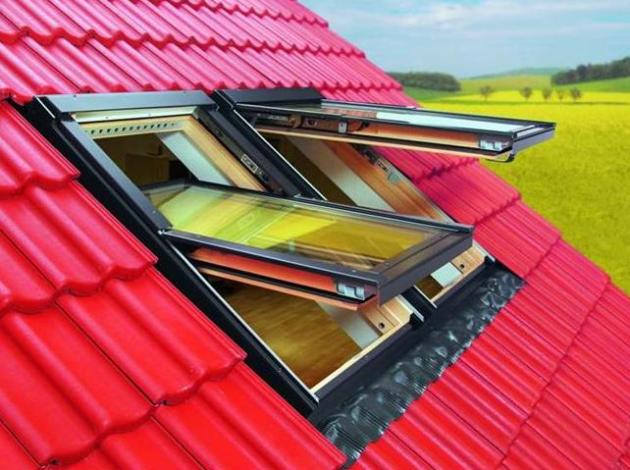
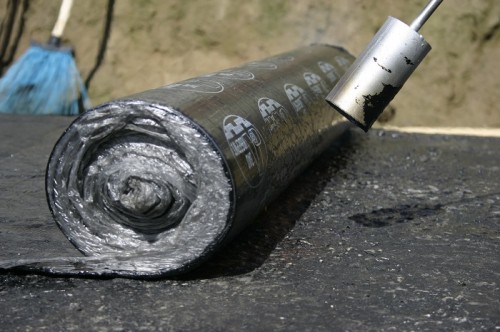
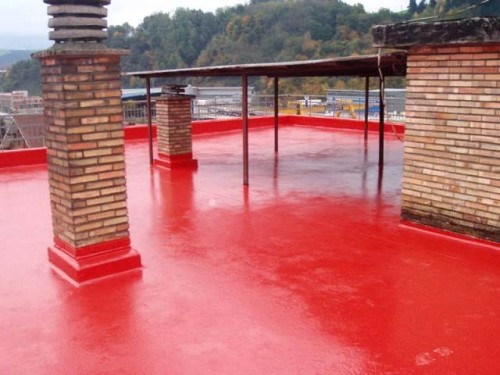
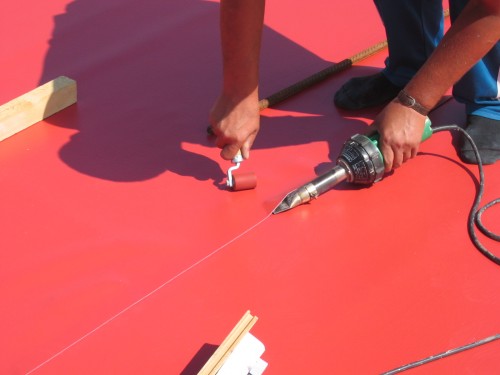
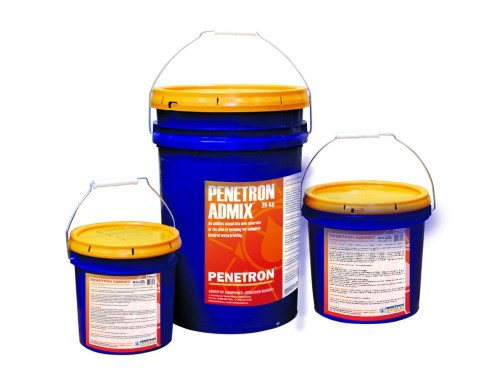
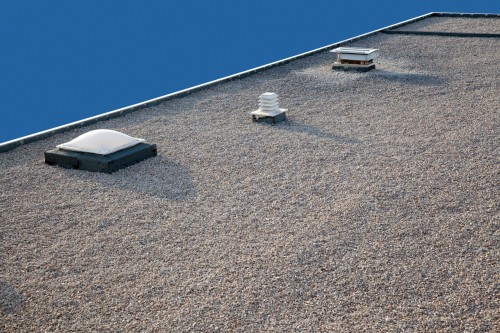
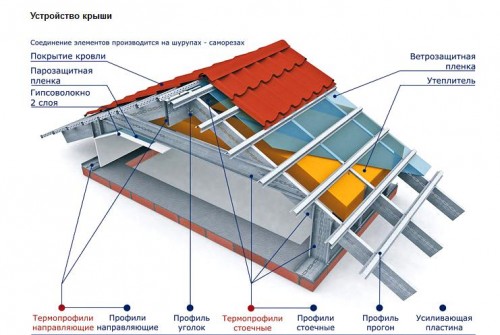

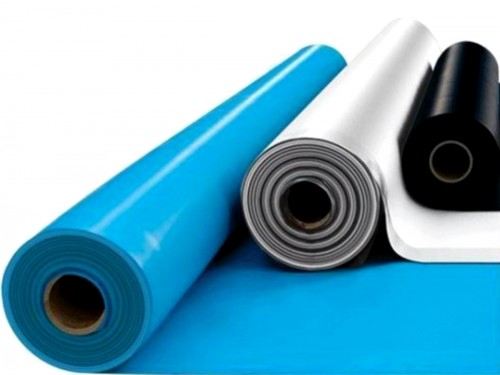

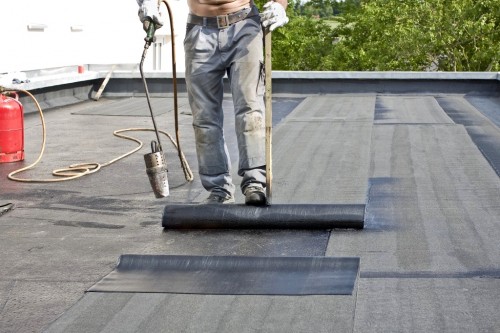
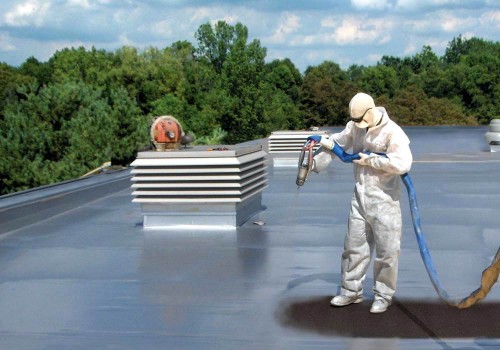

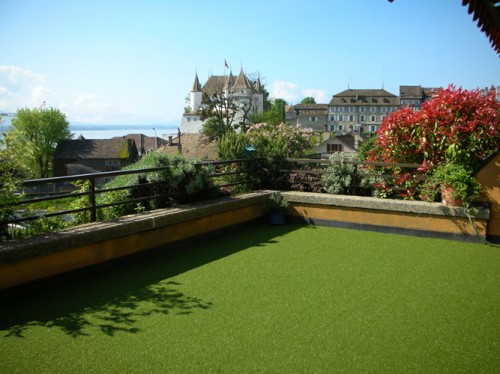


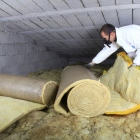


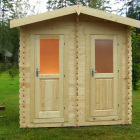






 Start a discussion ...
Start a discussion ...